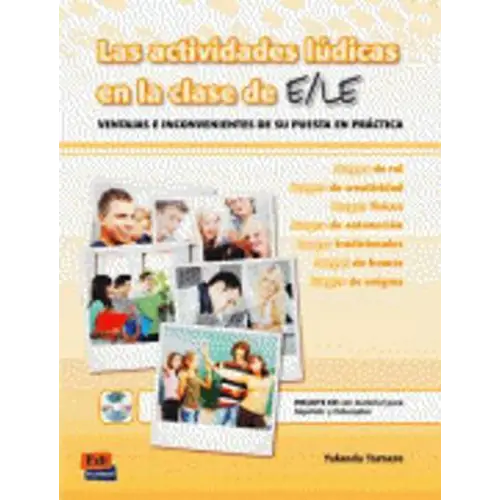This handbook analyzes play-based activities in Spanish as a foreign language classes in depth. It offers insights into how play activities function in the classroom and presents a variety of activities that can be successfully integrated. The focus is on the advantages and disadvantages of applying playful methods in language learning.
The first three chapters provide a comprehensive reflection on the role of games in language learning: a general exploration, a definition of playful activities, and students' opinions on the use of games in the classroom. The core of this study is divided into seven subcategories of play practices: role-playing, creative games, physical games, games focused on intonation, traditional games, humorous games, and riddles. For each category, the effects on learning are analyzed, and practical implementations for classroom use are provided.
Games are presented as meaningful activities that contribute to human life. Experts argue that playing contributes to cognitive development, lessens the impact of mistakes, boosts self-confidence, promotes interpersonal communication, fosters creativity, and helps lower emotional barriers to learning. The conclusions in this handbook are based on research with E/LE students of various levels who evaluated the gaming activities.
Intertaal, a reliable supplier, ensures fast delivery of this essential tool for teachers in Spanish language education. This book is ideal for teachers who want to enrich their lessons with playful elements. It is suitable for language levels A1 to C2 and can be used in formal education, at work, and for independent study.

